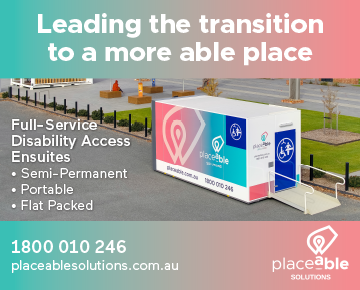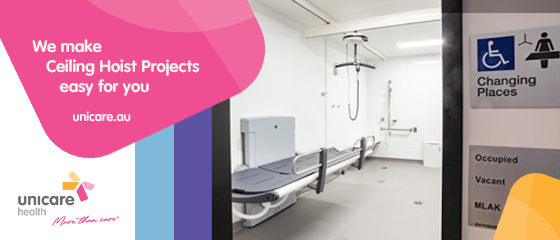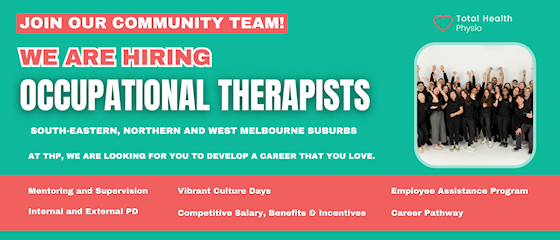Working in Australia
Eligibility to register and practice as an occupational therapist in Australia is defined by the Occupational Therapy Board of Australia that to work as an occupational therapist in Australia, occupational therapists must be registered with the Occupational Therapy Board of Australia, and meet the Board's registration standards.
If emigrating from another country, an approved Visa issued by the Australian Department of Immigration and Border Protection (Australian Immigration Department) is also required.
It is emphasised that these two application processes are entirely separate and success in one does not automatically guarantee success in the other.
To advertise an available role on the OTA website, please contact OTA.
-
Working as an occupational therapist in Australia
To work as an occupational therapist in Australia you need to have undertaken your occupational therapy studies at a World Federation of Occupational Therapists (WFOT) accredited institution in Australia or New Zealand, or been deemed eligible for registration by the OTC if you completed your occupational therapy studies overseas.
There is a wide variety of roles and many opportunities across a range of profession specific and generic roles throughout Australia with each state and territory offering a challenging and rewarding experience.
-
Re-entering the workforce
For those re-entering the workforce, detailed information is available on the AHPRA website to assist in the re-orientation of qualified occupational therapists who have not been working actively in the profession to the practices and processes underpinning current occupational therapy practice in Australia.
-
Overseas trained occupational therapists
The Occupational Therapy Council (Australia & New Zealand) Ltd (OTC) has been appointed by the Occupational Therapy Board of Australia (OTBA) to be the independent organisation to provide assessment of qualifications and skills of internationally qualified occupational therapists wishing to practise in Australia.
The evaluation for each assessment is in two (2) stages:
- Stage 1: Desktop Audit
- Stage 2: Supervised Practice Audit
If an applicant has achieved Stage 1 but has not yet gained their Stage 2, they can still be interviewed and, where appropriate, initiate the procedure for employment. However, before they commence in the role and commence work as an occupational therapist in Australia, Stage 2 needs to be approved and in place, with conditional registration.
Stage 2 is a period in which a person gains the right to practice when they have passed the initial phases of the application process, where supervised practice is required to ascertain the knowledge of practice in the context of Australian environment before full registration is received. Stage 2 cannot commence before the applicant has a planned role and supervision plan.
Complete information and application forms are available on the OTC website.
Employers and potential employees may like to consider discussing the ways to meet the supervision requirement (e.g. it could be through line supervision and or potential external supervision for the registration process). The OTA Find an OT allows you to search the contact details of possible professional supervisors.
To apply to migrate to Australia under a skilled migration program, you will need to have your occupational therapist skills assessed by the Occupational Therapy Council (Aust & NZ) Inc (OTC). The OTC will assess your skills as either "suitable" or "not suitable". The OTC’s assessment procedures differ depending on whether you are within Australia or overseas and seeking Skilled Migration in Australia.
Explanatory notes, forms, and guidelines for each process can be found on the OTC website and professional registration information can be accessed on the Occupational Therapy Board of Australia website.







.jpg)







